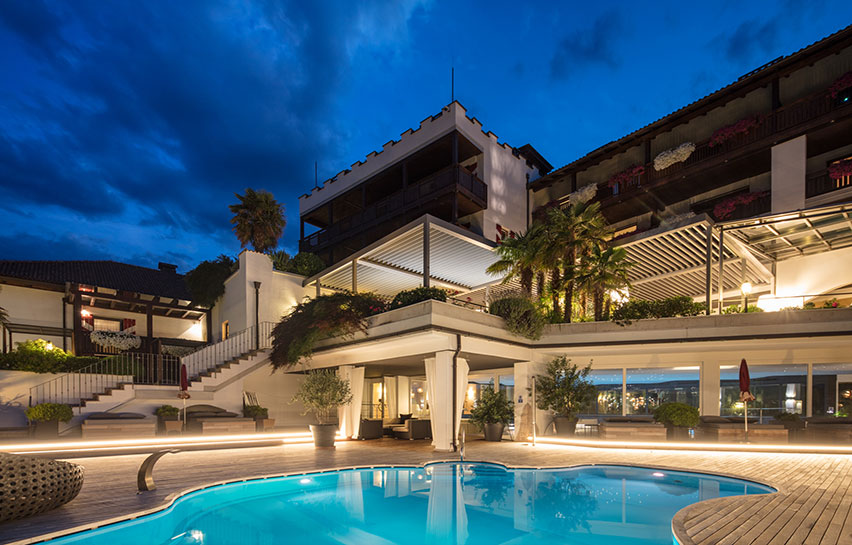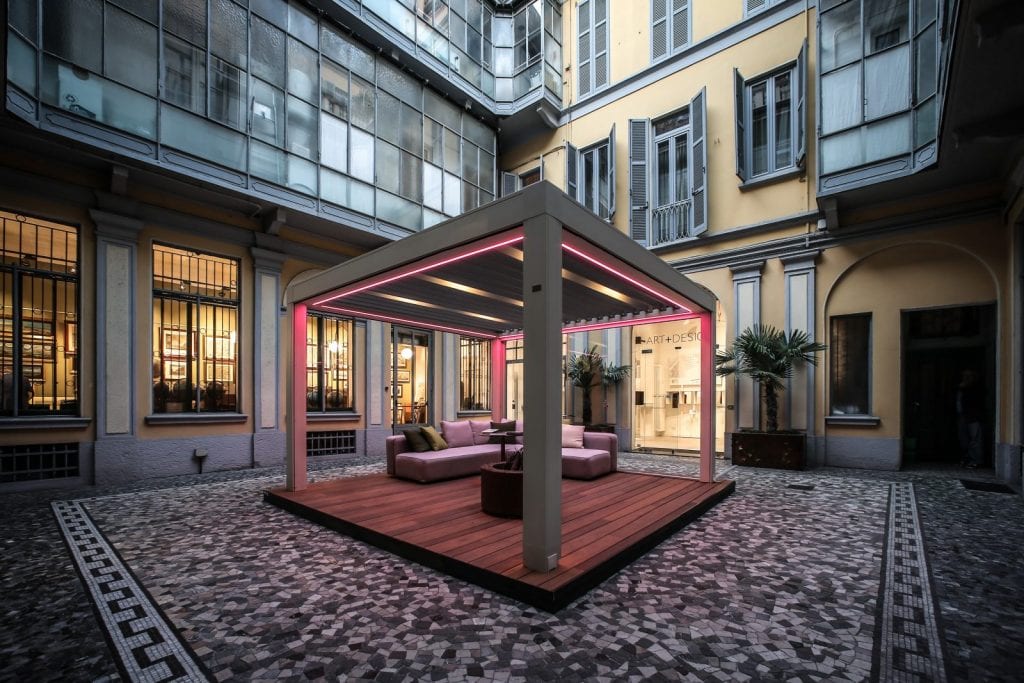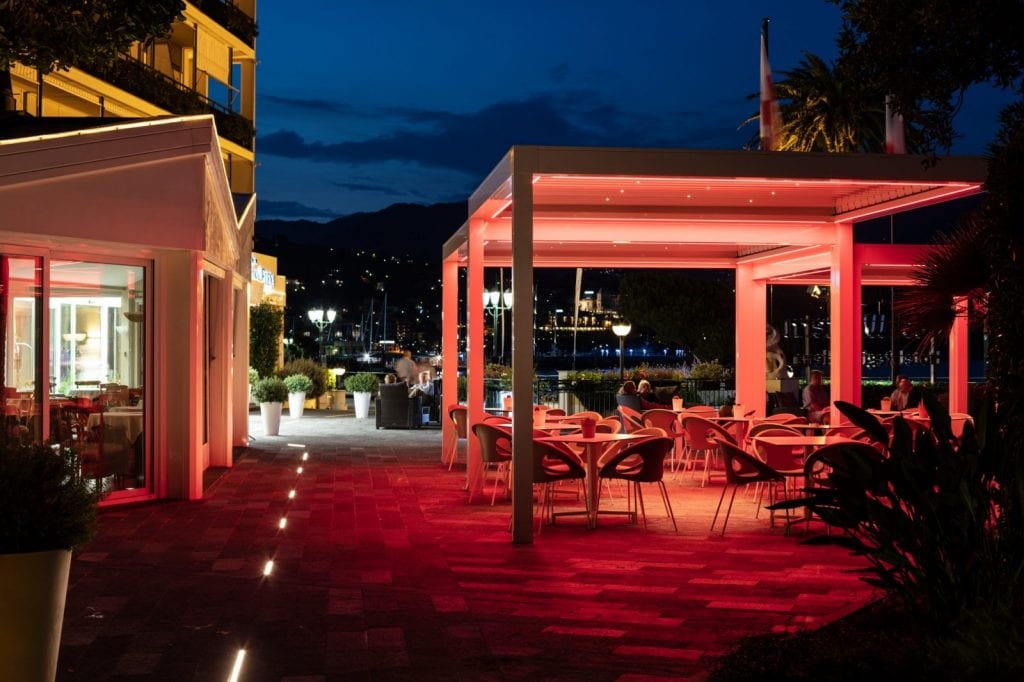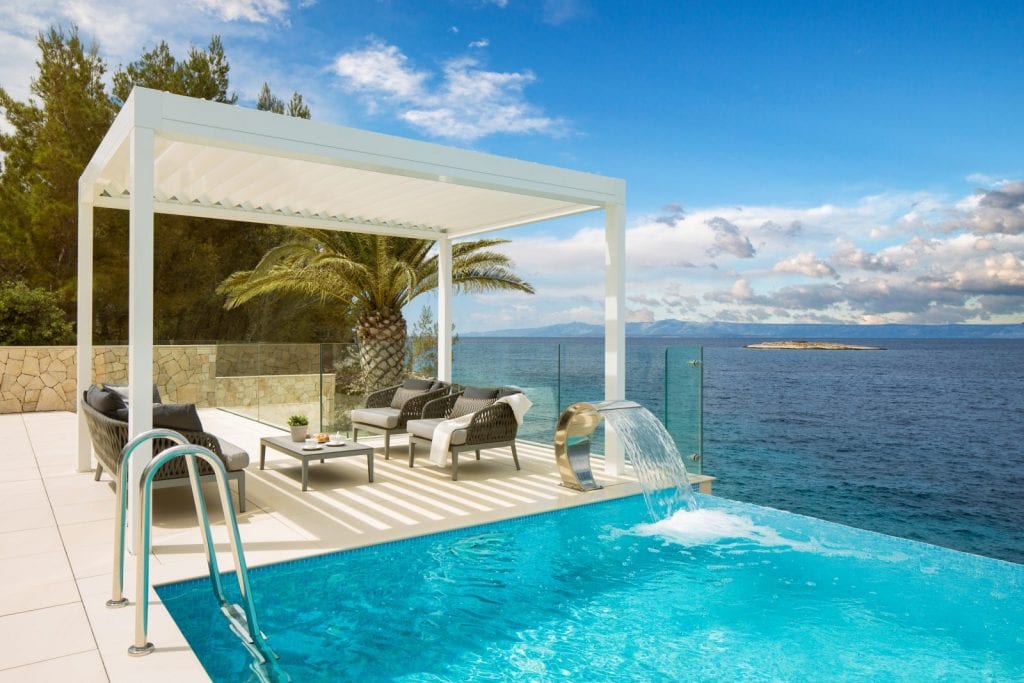Red helps to excel in competition, blue and green serve our reasoning and problem-solving, yellow is very useful for generating energy and attention, brown indicates seriousness and reliability, black is absolutely unbeatable for elegance and seduction.
It may seem difficult to believe, but in the many situations and challenges that each of us has to face in everyday life, colour can play an important role, favouring or countering the desired outcome. Used correctly, colour can improve our existence, help us achieve our goals, in short make us happier.
This is what emerges from Lively Colours, an innovative neuro-scientific research project on the impact of colour in everyday life, on design, on neuro-cognitive processes, carried out thanks to a fruitful collaboration between the academic and entrepreneurial worlds. After the success achieved in 2018 with Healthy Lighting, the neuro-scientific study on the effects of light on lifestyles, the Friulian (an area north-east of Venice) company Pratic now presents the results of original research on the impact of colour on human beings.
“When we started this research project we could not predict that we would retrace, in microcosm, the very history of the relationship between humans and colours,” explains the Vice-Chairman of Pratic SpA, Edi Orioli. “Today we know how colours and coloured light influence the human being, in ways that are sometimes unconscious or barely conscious. This is important knowledge for those who, like Pratic, have focused their efforts on light and well-being for years. Ideas that will help all those who, like us, create spaces for real comfort and beauty every day”.
The Lively Colours research project collects 40 of the latest international studies on the subject, applying them to topics that are of interest to the whole of society. Precisely for this reason, the team of scholars involved in the project included teachers with different and complementary skills: for the IULM University of Milan the semiologist Stefano Calabrese, for the University of Modena and Reggio Emilia the narratologist Claudio Dolci and the aesthetologist Denitza Nedkova.
A study that brings out surprising results and makes us reflect on an aspect – the perception of colour – that at first glance appears immediate, but which is the result of an extremely complex process assimilated over millennia by the human brain. What are the psycho-physiological effects of colour on our body? Where did the man-blue and woman-pink chromatic associations come from? Is it true that we can only distinguish the shades of colour defined by a specific term in our language? How does our perception of space change as different colour combinations change? How – ultimately – can colours affect our life, our mood, our ability to perform, our attention threshold, even our purchasing preferences? These are some of the questions that this research has tried to answer, bringing out an extremely mixed and still evolving picture, but with some evidence of great interest for a wide variety of applications: from psychology to marketing, from design to medicine.
In Pratic’s production environment, the “world of colours” has had immediate application with the inauguration of a futuristic eco-sustainable paint plant costing 3 million euros, able to produce 30 high-quality colours that go hand in hand with the previous 8. These are colours chosen after a study carried out in collaboration with architects and designers, who have indicated reassuring shades that replicate the natural colours of the earth.
For more information please download the Lively Colours research



